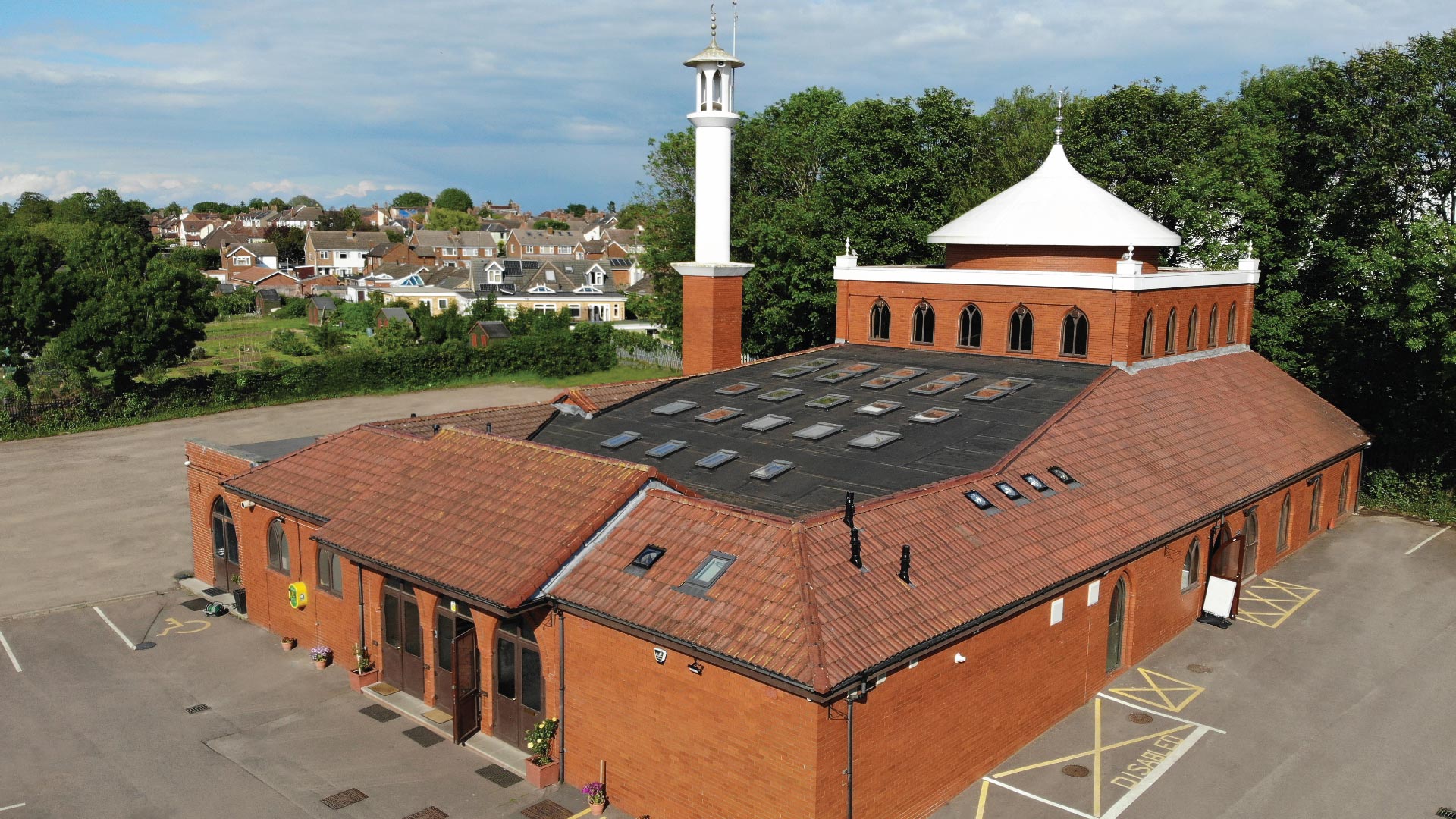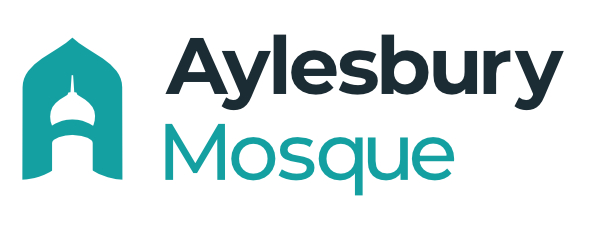About

History: Aylesbury Ghausia Mosque, a vision first conceived of by (now) the elders of our community, many of whom have now sadly passed away, during the 1980s when the first iteration of the “mosque” was a mid-terrace house on Buckingham Street.
The Muslim community settled in Aylesbury at the end of the 1950s with just a few men who came here to work in the local industries. The population grew in the 60s as more people came in search of work and towards the mid to late 60s their wives and children joined them. Whilst still few in number, it was clear that the community had started to establish itself in the Vale and the early 70s saw the community increase in number through continued immigration and childbirth.
The population reached such a level that Eid prayers, in particular, became a challenge in the first instance. Eid prayers were held in various school and church halls, with Walton Street Church Hall being the main venue that was big enough to accommodate the growing community. It was time to look at having our own place of worship.
The first discussion was to find a plot of land and establish a purpose-built mosque. However, the advice from the visionary and widely respected Shaykh Muhammad Imdad Pirzada sahib was that the first step to this was to find a house and establish it as a centre to function as a masjid. So, in around 1981/82, the community came together and purchased a house on Buckingham Road to use as a makeshift mosque.
This first iteration of Aylesbury Mosque provided all the services that a mosque was required to provide. This included teaching children how to read the Quran and teaching the very basics of Islamic practice and belief. As the population grew, more people and more children attended the facility and pretty soon the community had completely outgrown the mid-terrace house. Attention then turned to finding a suitable site to develop a purpose-built masjid to cater for the growing needs of the community.
In January 1984 the community made an application proposing the development of the masjid, a year later, 31st January 1985, the proposal was approved. A follow-up planning application was applied for in January 1986 and was approved in February 1987 and building started towards the end of 1988.
The masjid was based on a classical mosque and traditional design with an open courtyard with a fountain and a single prayer hall with side rooms. The design was sent by the great sufi saint Hazrat Shaykh Pir Sadiq of Gul-haar Sharif (near Kotli) whom many people in Aylesbury were disciples of. Pir Sahab was also famed for establishing masajid throughout Azad Kashmir. The foundation stone for the masjid was also blessed and sent by him. The Masjid eventually opened its doors to the public on Saturday, 8th August 1991 and became a familiar and iconic landmark on the Aylesbury landscape.
Community: Aylesbury Mosque serves a diverse and vibrant Muslim community in Aylesbury and the surrounding areas. The community is made up of individuals and families from various cultural and ethnic backgrounds, including South Asian, Arab, African, and European. The mosque is committed to promoting unity, inclusivity, and understanding among its members and with the wider community.
Education: Aylesbury Mosque offers a range of educational programs for both children and adults. The mosque’s madrasa provides Islamic education for children, teaching them Quranic recitation, Islamic beliefs, and the Arabic language. For adults, the mosque offers regular classes on Islamic topics, such as the life of the Prophet Muhammad and the fundamentals of Islamic belief and practice.
Outreach: Aylesbury Mosque is committed to engaging with the wider community and promoting interfaith dialogue and understanding. The mosque regularly hosts open days and community events, inviting people of all backgrounds to come and learn about Islam and the mosque’s activities. The mosque also works closely with local schools and other community organizations to build bridges and foster positive relationships.
Facilities: The main prayer hall can accommodate up to 300 people and is open for daily prayers and congregational prayers on Fridays and the remaining spaces can accomodate another 500. The mosque also has a car park for worshipers and visitors.
Leadership: The mosque is led by an imam who provides spiritual guidance and leads prayers and other religious services. The mosque’s management committee oversees the day-to-day operations of the mosque, including its finances, programs, and facilities. The committee is made up of elected members of the mosque’s community and operates on a voluntary basis.



